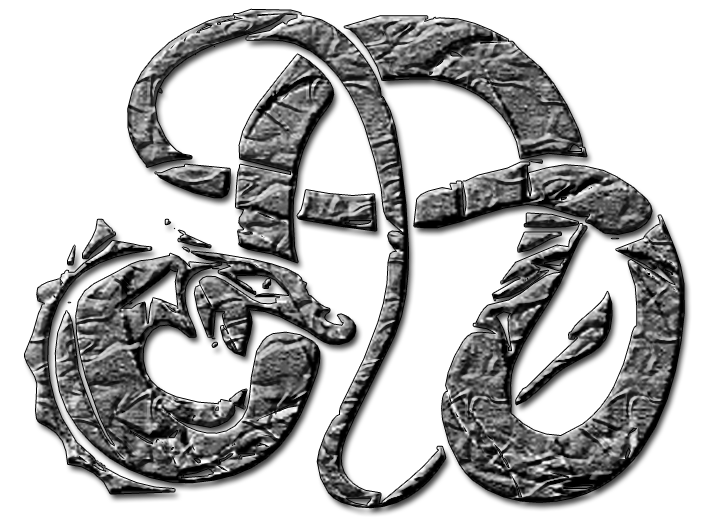Execution Phase Introduction:
The project execution phase is where the rubber meets the road, and the project plan is put into action. This phase is all about executing the plan, completing the work, and delivering the project’s objectives.
Organisational Change:
During the project execution phase, changes in the organization can have a significant impact on the project. It is essential to identify and manage the impact of these changes to ensure the project’s success. Changes can come in many forms, including new leadership, restructuring, or mergers and acquisitions.
Manage Conflict:
During the project execution phase, it is common for conflicts to arise. It is essential to address conflicts as they arise and to have a process in place to manage them effectively. Conflict can occur within the project team or with external stakeholders, and it can stem from a variety of issues, including differences in opinion, resource constraints, or scheduling conflicts.
Track Performance:
Tracking project performance is a critical component of the project execution phase. It is essential to monitor progress against the project plan and make adjustments as needed. Tracking performance helps to identify potential issues and risks, allowing for timely corrective actions to be taken.
Manage Quality:
Managing project quality is another important aspect of the project execution phase. It is essential to ensure that project deliverables meet the quality standards set out in the project plan. Quality management includes processes to identify, monitor, and control quality throughout the project’s lifecycle.
Testing:
Testing is an integral part of the project execution phase, particularly for projects involving software development or system implementation. Testing helps to ensure that the project deliverables meet the required specifications and that they function as intended. Testing should be conducted throughout the project’s lifecycle, from unit testing to integration testing and acceptance testing.
Conclusion:
The project execution phase is where the project plan is put into action. It is essential to manage changes and conflicts effectively, track performance, manage quality, and conduct testing throughout the project’s lifecycle. By effectively executing the plan, the project team can deliver the project objectives successfully.
